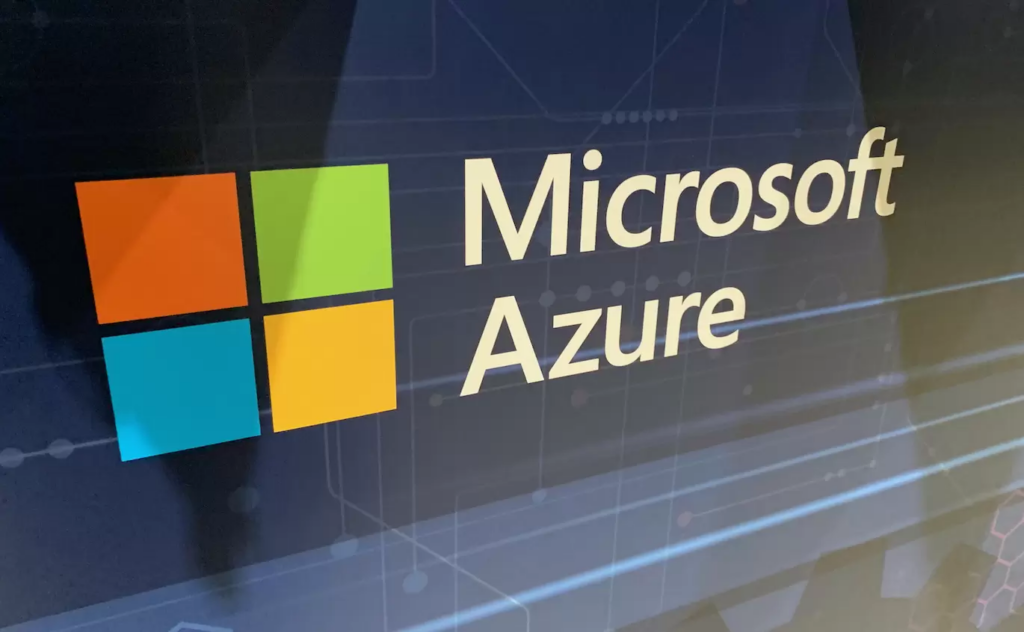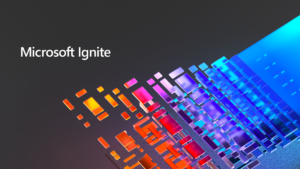Microsoft has announced the public preview of the Deep Research Agent within the Azure AI Foundry Agent Service, marking a major step forward in enterprise AI research automation.
Powered by OpenAI’s o3-deep-research model and tightly integrated with Bing, the Deep Research Agent enables organizations to build intelligent agents that autonomously plan, research, analyze, and generate structured, auditable reports from across the web.
Unlike consumer-facing chatbots, this release is a programmable API and SDK—designed for enterprise use cases where compliance, data integration, and automation are top priorities. With this capability, hours of manual research can now be replaced with transparent, AI-driven workflows that scale across industries.
Read the full Microsoft announcement.
Why This Matters
1. Enterprise-Grade, Auditable AI Reasoning
Deep Research delivers fully traceable, citation-backed outputs—an essential requirement for regulated industries, compliance reporting, due diligence, and mission-critical decision-making.
2. Composable and Extensible Architecture
The service integrates seamlessly with Logic Apps, Azure Functions, and multi-agent workflows, making it easy to embed research automation into broader reporting pipelines, approval chains, and analytics systems.
3. Security and Governance Built-In
As part of Azure AI Foundry, the agent benefits from enterprise-grade security, access controls, and observability—empowering organizations to confidently operationalize generative AI in sensitive environments.
4. Competitive Advantage & Time to Insight
By drastically reducing manual research hours, enterprises can accelerate R&D, competitive intelligence, and strategic decision-making, turning AI into a driver of agility and innovation.
Final Thoughts
The Deep Research Agent represents a significant shift in how enterprises approach knowledge management and research. By combining autonomous AI reasoning with enterprise controls, Microsoft is equipping organizations to transform compliance-heavy, resource-intensive tasks into efficient, AI-powered workflows.
This is more than just a new feature—it’s a foundation for next-generation enterprise automation.




